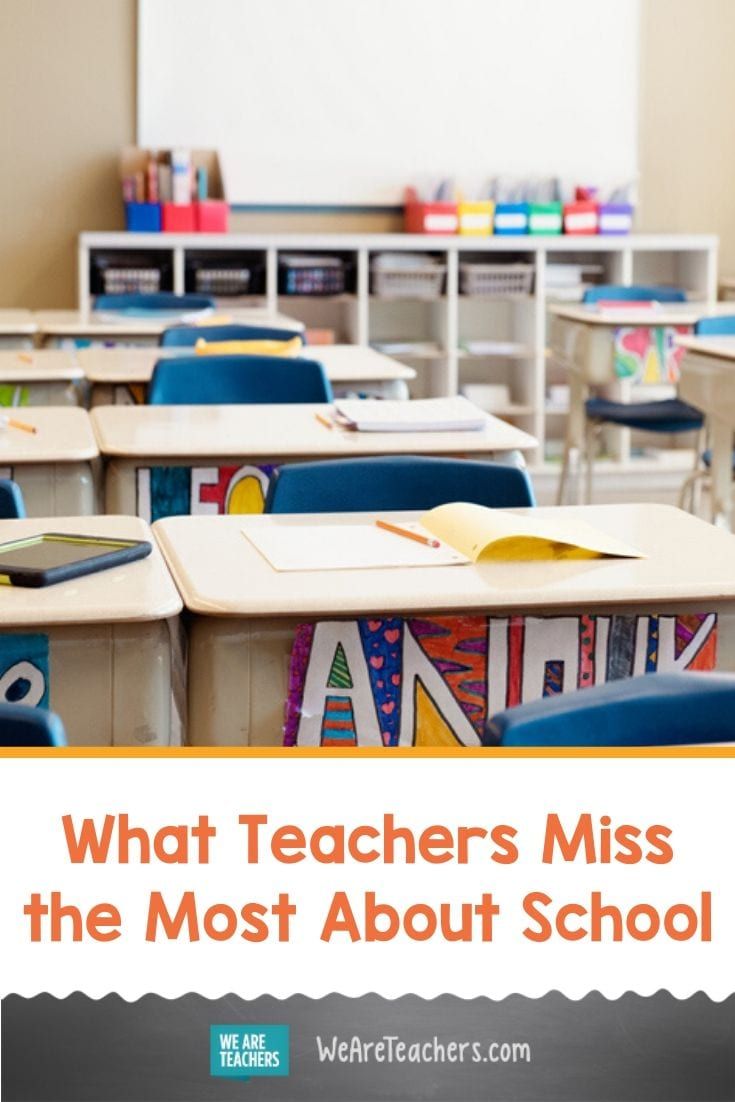As the world grappled with the COVID-19 pandemic, it forced institutions and individuals to adopt new means to continue essential services. One of the most affected areas was education, with schools switching to distance learning models to ensure students continued learning remotely. Teachers had to make a sudden transition to virtual classrooms.
In this unprecedented situation, teachers have found themselves missing certain aspects of in-person schooling. Let’s take a look at some of the most significant elements that educators long for during this period of distance learning.
1. Face-to-face Interaction
One of the things teachers miss most is face-to-face interaction with their students. Educators thrive on personal connections with their learners—observing, guiding, and supporting them throughout their journeys. Many teachers find it difficult to gauge students’ understanding and emotional well-being through virtual platforms.
2. The Classroom Environment
Many educators feel nostalgic about their classrooms, where they created an environment conducive to learning. Teachers poured their creativity and personality into designing spaces that inspired students and fostered inclusive atmospheres. These warm environments are challenging to recreate in a virtual setting where students join from their own homes.
3. The Ability to Address Different Learning Needs
In a traditional classroom, teachers can quickly adapt to meet the varied needs of their students through differentiated instruction. They can identify struggling learners and address misconceptions on-the-spot or give extra support individually as needed. While technology has come a long way in making remote education possible, it still lacks the same level of responsiveness for addressing diverse student needs.
4. Nonverbal Communication
Teachers often rely on nonverbal cues like facial expressions and body language to understand students’ feelings and assess comprehension levels during lessons. In distance learning models, these vital visual cues can be lost or more challenging to recognize, especially if camera usage is limited or inconsistent among students.
5. Collaborative Learning Experiences
In-person schooling allows teachers to facilitate group projects and create opportunities for students to work collaboratively. Engaging in discussions, brainstorming, and learning from one another is a critical part of the educational experience. While there are digital tools for group collaboration, they may not offer the same level of interaction and engagement as in-person work.
6. Spontaneity and Joy
Last but not least, teachers miss the spontaneous moments of joy that can happen in a physical classroom – students’ laughter, sharing jokes, or celebrating each other’s achievements. These moments shape a positive learning environment and are invaluable for establishing strong teacher-student connections.
As we look forward to the return of in-person schooling, it’s essential to recognize and appreciate all that teachers do to adapt and deliver quality education amidst these challenging times. While distance learning remains a valuable alternative under present circumstances, educators eagerly anticipate reuniting with their students in their beloved classrooms soon.

